Python 位运算符用于对整数执行位运算。整数被转换为二进制格式,然后逐位执行运算,因此得名位运算符。Python 位运算符仅适用于整数,最终输出以十进制格式返回。Python 位运算符也称为二进制运算符。
Python 位运算符
Python 中有6个位运算符。下表提供了关于它们的简要信息。
| Bitwise Operator | Description | Simple Example |
|---|---|---|
| & | Bitwise AND Operator | 10 & 7 = 2 |
| Bitwise OR Operator | ||
| ^ | Bitwise XOR Operator | 10 ^ 7 = 13 |
| ~ | Bitwise Ones’ Compliment Operator | ~10 = -11 |
| << | Bitwise Left Shift operator | 10<<2 = 40 |
| >> | Bitwise Right Shift Operator | 10>>1 = 5 |
让我们逐一了解这些运算符,并了解它们的工作原理。
1. 位与运算符
Python 位与运算符在两个位都为1时返回1,否则返回0。
>>> 10&7
2
>>>
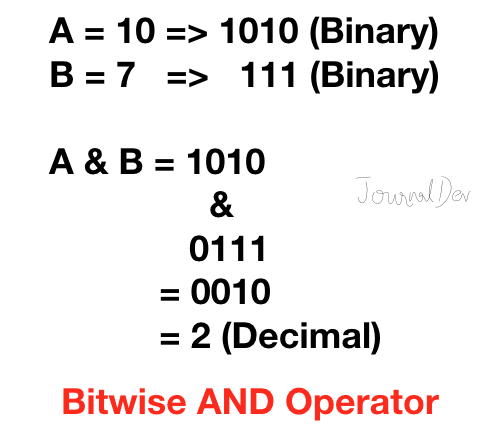
2. 位或运算符
Python 位或运算符在任一位为1时返回1。如果两个位都为0,则返回0。
>>> 10|7
15
>>>
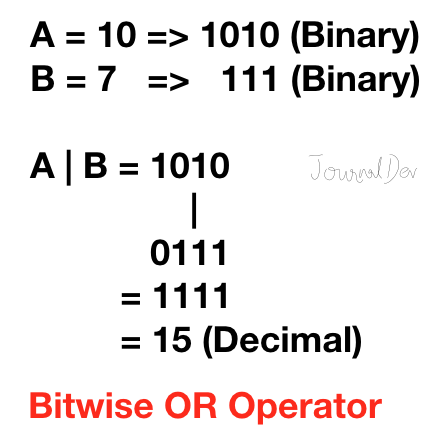
3. 位异或运算符
Python 位异或运算符在其中一个位为0,另一个位为1时返回1。如果两个位都为0或者1,则返回0。
>>> 10^7
13
>>>
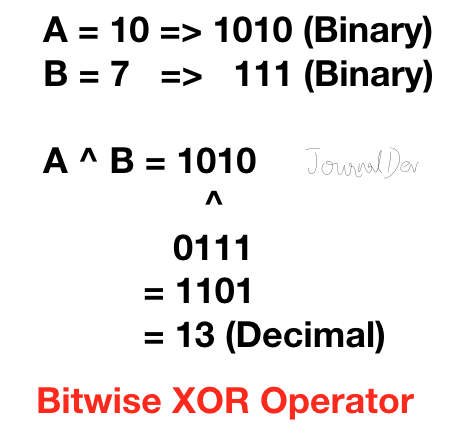
4. 位取反运算符
数‘A’的Python位取反等于-(A+1)。
>>> ~10
-11
>>> ~-10
9
>>>
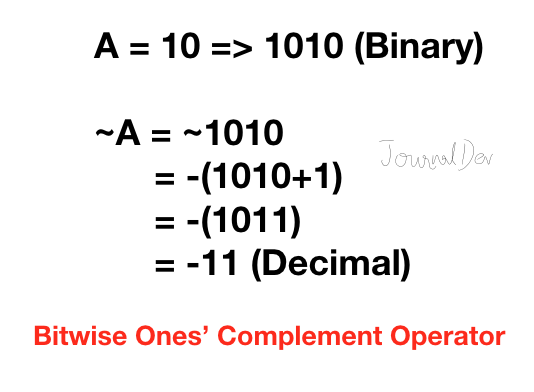
5. 位左移运算符
Python 位左移运算符将左操作数的位向左移动给定次数,由右操作数指定。简单来说,二进制数在末尾添加0。
>>> 10 << 2
40
>>>
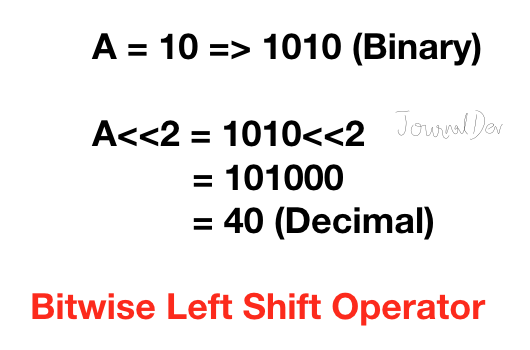
6. 位右移运算符
Python的右移操作符正好是左移操作符的相反。然后左侧操作数的位向右移动给定次数。简单来说,右侧的位将被移除。
>>> 10 >> 2
2
>>>
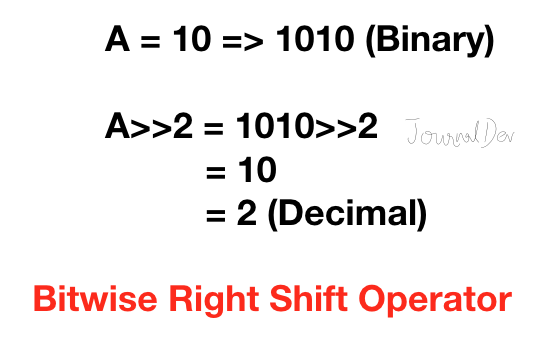
Python位运算符重载
Python支持运算符重载。有各种方法可以实现为自定义对象支持位运算符。
| Bitwise Operator | Method to Implement |
|---|---|
| & | __and__(self, other) |
| ^ | __xor__(self, other) |
| ~ | __invert__(self) |
| << | __lshift__(self, other) |
| >> | __rshift__(self, other) |
下面是一个为我们的自定义对象重载位运算符的示例。
class Data:
id = 0
def __init__(self, i):
self.id = i
def __and__(self, other):
print('Bitwise AND operator overloaded')
if isinstance(other, Data):
return Data(self.id & other.id)
else:
raise ValueError('Argument must be object of Data')
def __or__(self, other):
print('Bitwise OR operator overloaded')
if isinstance(other, Data):
return Data(self.id | other.id)
else:
raise ValueError('Argument must be object of Data')
def __xor__(self, other):
print('Bitwise XOR operator overloaded')
if isinstance(other, Data):
return Data(self.id ^ other.id)
else:
raise ValueError('Argument must be object of Data')
def __lshift__(self, other):
print('Bitwise Left Shift operator overloaded')
if isinstance(other, int):
return Data(self.id << other)
else:
raise ValueError('Argument must be integer')
def __rshift__(self, other):
print('Bitwise Right Shift operator overloaded')
if isinstance(other, int):
return Data(self.id >> other)
else:
raise ValueError('Argument must be integer')
def __invert__(self):
print('Bitwise Ones Complement operator overloaded')
return Data(~self.id)
def __str__(self):
return f'Data[{self.id}]'
d1 = Data(10)
d2 = Data(7)
print(f'd1&d2 = {d1&d2}')
print(f'd1|d2 = {d1|d2}')
print(f'd1^d2 = {d1^d2}')
print(f'd1<<2 = {d1<<2}')
print(f'd1>>2 = {d1>>2}')
print(f'~d1 = {~d1}')
输出:
Bitwise AND operator overloaded
d1&d2 = Data[2]
Bitwise OR operator overloaded
d1|d2 = Data[15]
Bitwise XOR operator overloaded
d1^d2 = Data[13]
Bitwise Left Shift operator overloaded
d1<<2 = Data[40]
Bitwise Right Shift operator overloaded
d1>>2 = Data[2]
Bitwise Ones Complement operator overloaded
~d1 = Data[-11]
如果您不熟悉新的字符串格式化,请阅读Python中的f-strings。
摘要
Python位运算符主要用于数学计算。我们也可以实现特定的方法来支持自定义类实现的位运算符。
Source:
https://www.digitalocean.com/community/tutorials/python-bitwise-operators













